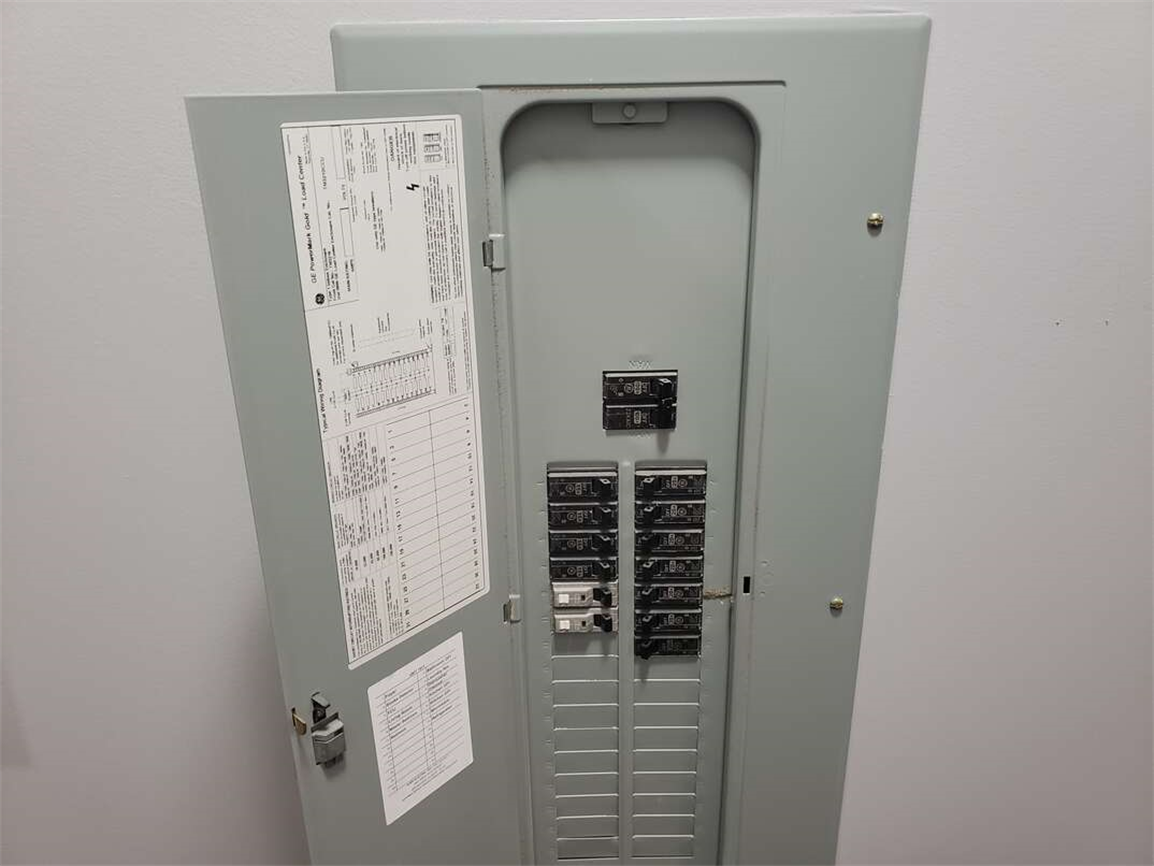
Donald and his wife were having a quiet evening in, when the lights and television went out unexpectedly at their Altura, Minnesota, home.
“I quickly noticed that certain lights were still on,” Donald said. “I checked the panel and no breakers were tripped, so I quickly thought we had likely lost one leg of our 240-volt service.”
Donald investigated the matter further, using a multimeter, a tool that measures current and voltage, to see whether the home was getting the expected 240 volts.
“I was able to confirm that I was only getting 120 volts,” Donald said.
Figuring that there was a possibility that the problem wasn’t with the wiring in his home, but an issue beyond the meter, Donald called his local power company, People’s Energy Cooperative, to conduct a test.
“When they said that there was 240 volts at the meter, then I immediately knew what the problem was and that a contractor would be required,” Donald said.
The sudden loss of power was a big inconvenience for Donald, since he couldn’t use the lights or electrical outlets in half the rooms in his home and all the appliances that required 240 volts, such as the clothes dryer, oven and stove range, no longer worked.
“We had to use extension cords all around the house to get power to the things we needed, for example, the wifi router,” Donald said.
The problem, as Donald had correctly guessed, was the connection between his home and the coop’s electrical lines.
"Our electrical company sent a flyer and a recommendation to sign up for the plan,” Donald said. “We signed up because the cost was low and we knew we had a lot of underground wire."
The repair would be expensive and hiring a licensed and qualified contractor was necessary to ensure the safe and proper replacement of the electrical connection. Adding to the expense and complicating the repair was the fact that Donald’s electrical connection was an underground one. The contractor would have to dig a trench to make the repair.
However, Donald had protected himself against the expense of such a repair by enrolling in an emergency home repair plan from HomeServe.
“Our electrical company sent a flyer about signing up for the plan,” Donald said. “We signed up because the cost was low and we knew we had a lot of underground wire.”
Not only did Donald save $5,000 through his plan from HomeServe, but he didn’t have to look for a licensed and insured electrician who could do the work. HomeServe dispatched Capelle’s Electric to handle the replacement.
“They did a nice job from start to finish,” Donald said.
The type of repair Donald needed was quite extensive because it required excavating equipment to dig a trench from the electric pole to Donald’s home to replace more than 175 feet of electrical line, including going under a retaining wall and a deck. Donald shared that he couldn’t have afforded such an expensive repair and, if he didn’t have coverage from HomeServe, he’d have been forced to consider a spot repair.
“We were satisfied with the outcome,” he said. “Thank you for working with us.”
Published Jan 9, 2024